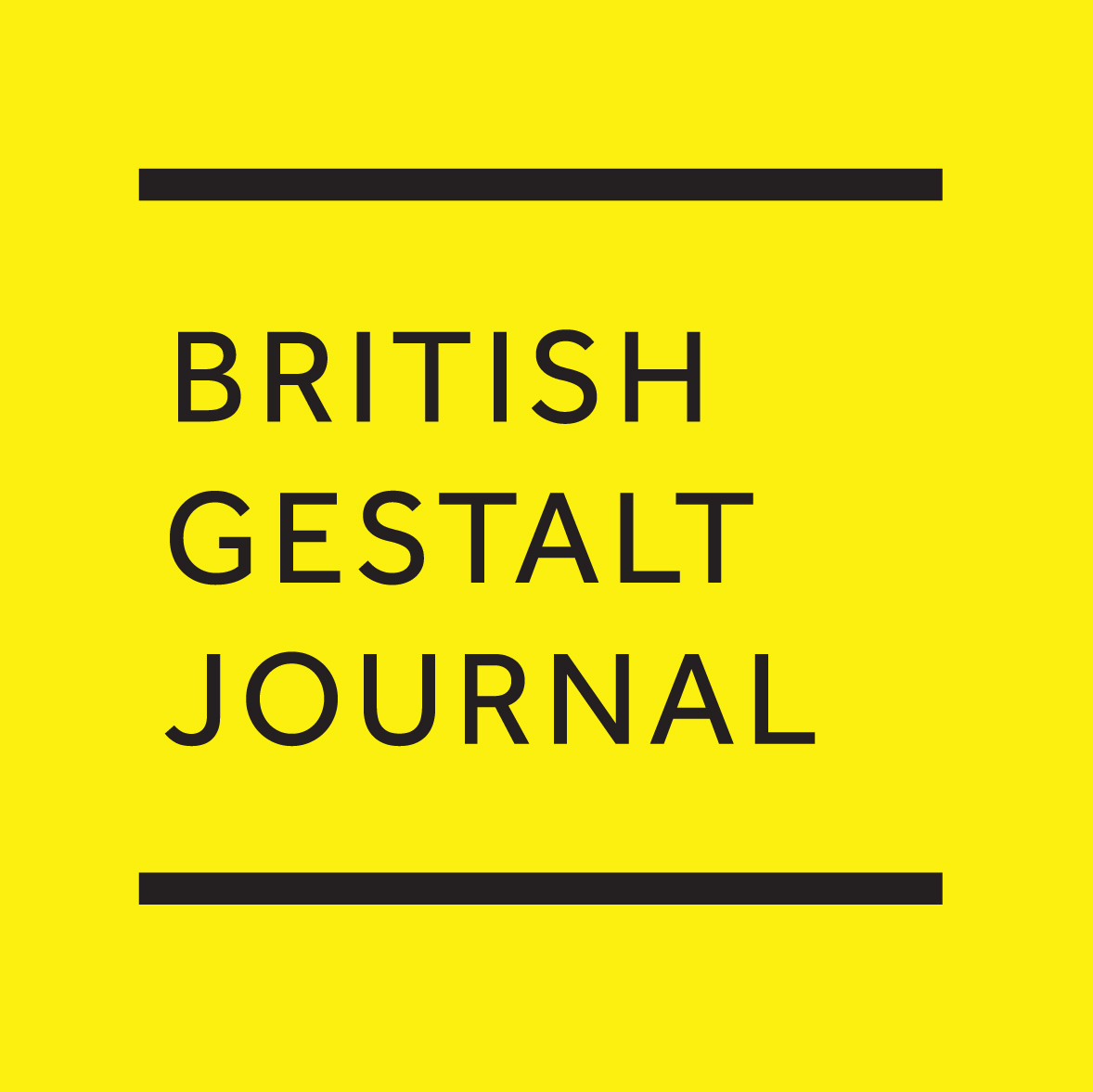Volume 25, 2 (2016)
Volume 25, 2 (2016)
CONTENTS
Editorial - Christine Stevens
Articles
Taking another turn - Frank-M. Staemmler
Moving towards more supportive fields - Sally Denham-Vaughan and Michael Clark
A reading of Gestalt Therapy (PHG) - Rob Farrands
Homophobia endures - Billy Desmond
Bringing Gestalt to cyber security - Maggie Marriott
Letters to the Editor
Scott Kellogg and Sharon Beirne - Dialogue following a review of Transformational Chairwork
The shared value of meaning - Isabel Fernandez Hearn
The ‘search for meaning’ - Peter Philippson
Opinion
Poetics of the erotic - Leanne O’Shea
Taking another turn - Frank-M. Staemmler
Abstract: In this paper I first depict the individualistic period of Gestalt therapy, as it became well known in the 1960s and ’70s. Subsequently, I describe the ‘relational turn’ that took place in the ’80s and resulted in today’s widespread understanding of Gestalt therapy as a relational approach. The specific understanding of relationality that is characteristic of this approach is then scrutinised and its weaknesses are pointed out. Finally a new concept, called ‘strong relationality’, is outlined and some exemplary clinical implications are proposed. En route of my argument, I also try to demonstrate that Gestalt Therapy (Perls, Hefferline and Goodman, 1951) has both individualistic and relational elements, the latter of which include aspects of both weak and strong relationality.
Key words: community, developmental psychology, dialogue, history of Gestalt therapy, individualism, relational turn, relationality (weak, strong).
Moving towards more supportive fields - Sally Denham-Vaughan and Michael Clark
Abstract: Since its inception Gestalt psychotherapy has been ‘relational’. Indeed, the very notion of ‘contact’, a formulation lying at the heart of the theory, makes no sense without a concept of one variable, classically ‘organism’, coming up against another, classically ‘environment’ (see Perls, 1973; Polster and Polster, 1973, for more discussion). To advance scholarship and practice, however, requires us to reflect continually on both the nature and application of this relationality; determining whether or not Gestalt is still living up to these insights and aspirations, and in what new ways we might deliver good Gestalt practice, both with individuals and with groups and communities. In this paper we seek to contribute to this personal and community reflection as applied to working with communities and teams. We will therefore focus on a selection of ways that Gestalt theory can be applied to practical community-building strategies and the challenges that such applications pose. We will do this from the perspectives of theoretical discussion about the subject and personal experiences of approaches to community and team-building. We will suggest that, due to its flexible and relational qualities, a Gestalt approach is suited to being an approach of choice for creating more supportive communities and teams where individuals can flourish. We add that drawing explicitly on other theories about communities of practice and community action networks can add to our theoretical and practical sensitivities in this area.
Key words: Gestalt, relational, community, authenticity, presence.
A reading of Gestalt Therapy (PHG) - Rob Farrands
Abstract: Perls, Hefferline and Goodman’s Gestalt Therapy (1951/1972, hereafter PHG) describes two ‘twists’ in being. The first occurs when the organism, appreciating its vulnerability, resolves to defend itself by constructing with others a familiar and foreseeable world. To understand this twist depends on understanding PHG’s take on the organism’s existential dilemma. The second twist is when the organism acts to move beyond its defensive posture and open to what is strange and different in the world. To understand this twist depends on understanding what PHG means by ‘spontaneity’. Translating the concepts and theories surrounding these twists into forms of Gestalt practice requires action that deconstructs familiar perspectives in order to open the practitioner more fully to the world.
Key words: ambiguity, Gestalt Therapy, organisation development, contact, experience, practice.
Homophobia endures - Billy Desmond
Abstract: This paper addresses the experience of homophobia from a field theoretical perspective, one of the epistemological foundations of Gestalt therapy. It seeks to redefine homophobia as a field event, thus challenging the prevailing conceptualisation of internalised homophobia. The Gestalt field perspective that is most applicable in understanding the phenomenon of homophobia in our intricate person-to-person encounters is clarified. This field is a shared, complex, differentiated, phenomenal field. Some aspects of the shared phenomenal field that tend to be present, lurking for attention, are revealed. These include: the pervasiveness of homophobia; the reductionism of sexuality to sex; practitioners’ responsibility to enquire into their own sexualities; strategies to make shame tolerable; and therapist self-disclosure.
Key words: homophobia, sexuality, lesbian, gay, bisexual (LGB) persons, shared phenomenal field, self.
Bringing Gestalt to cyber security - Maggie Marriott
Abstract: Cyber security is a term that encompasses the protection of information systems from theft or damage and is a major focus of investment by the UK government. This case study describes how Gestalt concepts of dialogue, field theory and phenomenology were used to help the board of a government department identify how they needed to transform to respond to the growing threats to the cyber security of the UK.
Key words: cyber security, phenomenology, dialogue, field theory, experiment.

